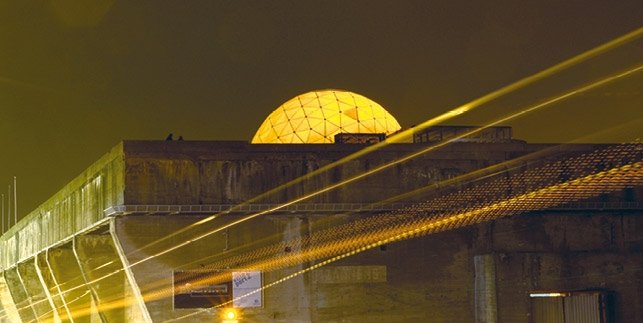
Mobile Spaces
Research topic
Architecture and design materially guide movements and actions in space. Conversely, mobility generates new forms of interaction between material and the design of space. The central goal of the project is to analyze the historical and contemporary forms of mobility within the context of archaeology, architecture, art history, and product design. This will provide insight into the interaction modes between space and movement and will create options for the experimental reconstruction of historic and the realization of future space-movement patterns.
Even the designs of ancient floors (Muth) bear witness to the complex guiding mechanisms that exist in tension with modern interior and exterior spaces; the latter are increasingly designed as transit spaces (Geipel). A historical look at the interior fittings of modern transportation systems appears to show that they frequently impede rather than assist movement (Klonk). Our investigation will encompass not only mobile spaces per se and mobility in spaces, but also ideas that are spatially bound but nonetheless mobile. By examining frequently occurring forms of construction, such as war bunkers (Schuldenfrei), we will investigate the interaction of locally established practices with global communication structures. With an increasingly global perspective, attention is focused not only on sites of knowledge production, but also on modern domestic architecture and urban development, which have contours that are negotiated between stasis and mobility (Schuldenfrei, Geipel). Product designers increasingly view their central task as the design of such “nodes” in a highly connected network of real and virtual spaces of movement. Contemporary transformations in thought and behavior models reveal themselves, conventions are abandoned, and new demands seem to emerge in these networks (Staubbach).
Objectives
Previous research has produced individual historical analyses without considering the interdependence of space and mobility or else has examined problems of Gestaltung on a case-by-case basis. The goal of the project is to combine both perspectives for the first time, thus contributing to the Gestaltung of new mobile spaces of experience that are based on the historical analysis of concrete affairs. This will require expanding historical analysis by adding the dimension of experimenting to virtualize the organization of space and mobility, thus enabling their immediate integral analysis and Gestaltung. Newly developed spatial concepts can be tested in virtual space, allowing analysis to be dovetailed with Gestaltung.
Execution
Our tasks include an analysis of mobility and stasis resulting from the aforementioned aspects; collaborative field research (including on aircraft design, design of public spaces, and urban planning); and an assessment of visual sources and interview protocols. These will be followed by the development of new experimental spatial concepts based on historical and contemporary analyses of mobility and stasis. Using selected examples (ancient and contemporary floor designs, the design of transportation interiors, and bunker architecture), we will analyze the historical genesis of specific forms of Gestaltung, in particular in the context of the mobility of spatial forms anchored locally but disseminated globally.
Securing the results
The results can be presented in a variety of contexts using 3-D simulations that can be employed in teaching and for wider dissemination and for debate by public audiences.

